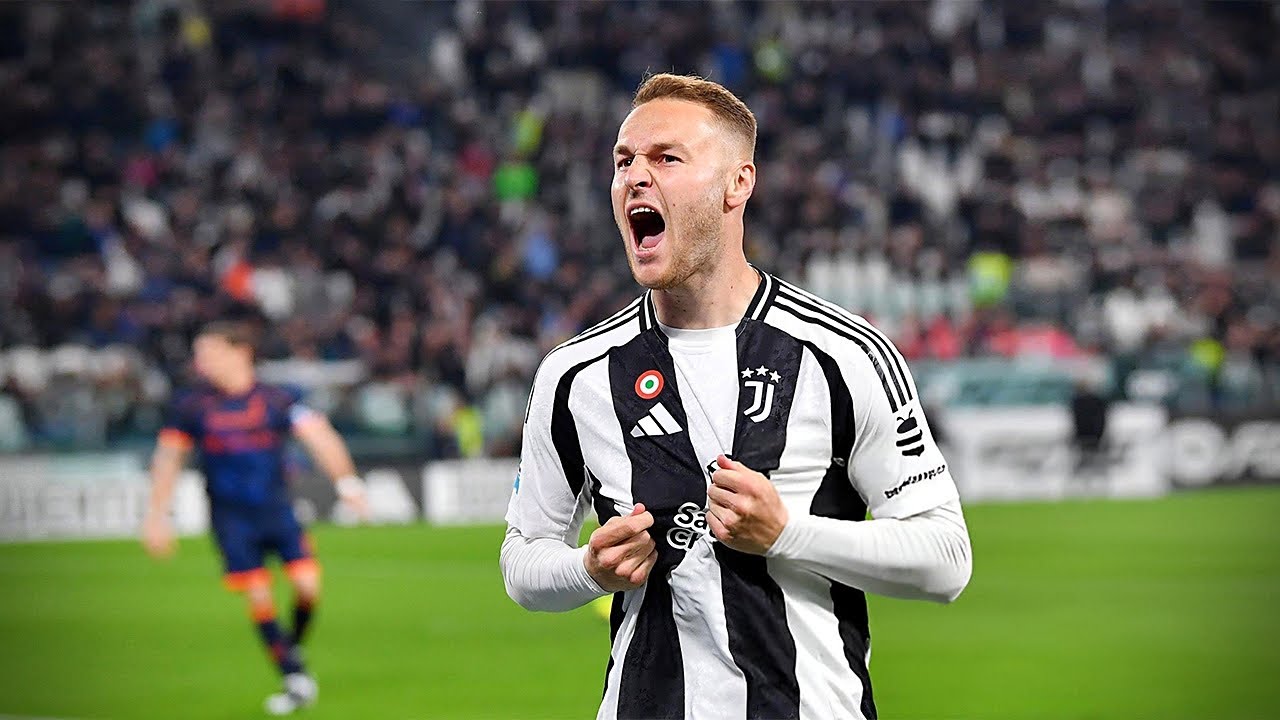In the often-turbulent world of football transfers, where player valuations can swing wildly with every whispered rumor, veteran commentator Massimo Pavan has cast a critical eye on a persistent inconsistency that appears to plague the market, particularly when big clubs come calling for talent from smaller, yet highly effective, sides.
The Shifting Sands of Valuation
Pavan`s central contention revolves around the perceived double standard applied to Atalanta`s valuation of midfielder Teun Koopmeiners. He sharply recalls how, just last year, the prevailing sentiment championed Atalanta`s right to demand a premium for their assets. This was a narrative often underscored by examples such as Ademola Lookman, where holding firm on a player`s price was lauded as shrewd business and a testament to a club`s financial autonomy.
Indeed, Atalanta, under Gian Piero Gasperini, has consistently proven its ability to develop undervalued talent into top-tier performers, subsequently commanding significant transfer fees. This strategy has allowed them to compete at high levels despite a more modest budget compared to Serie A giants.
Inter`s Interest and the «Discount» Expectation
Fast forward to the present, with Inter Milan reportedly circling Koopmeiners, and the narrative, according to Pavan, has subtly, or perhaps not so subtly, shifted. Suddenly, there`s an unspoken expectation that Atalanta should `bend` or offer a `discount` on their asking price. Pavan`s pointed question, «Why should there be a discount in this case, unlike last year?» cuts to the heart of the matter.
Atalanta has reportedly set Koopmeiners` price tag at a steadfast €50 million. This figure isn`t an arbitrary whim; it reflects his consistent performance, his contractual situation, and his undeniable impact on the team`s success – factors that typically dictate a player`s market value. Yet, when a club of Inter`s stature expresses interest, the discussion often veers towards a perceived need for a «more reasonable» price, implying that the selling club should lower its demands to facilitate the move for the `bigger` entity.
A Question of Market Fairness
This dynamic highlights a curious bias within football commentary and, arguably, the market itself. Is the value of a player truly fluid, dependent not on their ability or potential, but on the identity of the prospective buyer? Pavan`s commentary serves as a reminder that consistency in valuation principles is crucial for market integrity. If a player is deemed to be worth €50 million based on their output and market demand, that value should ideally remain constant, regardless of whether a smaller club or a major contender is negotiating.
Atalanta, having invested in Koopmeiners and nurtured his talent, has every right to seek a fair return on that investment. To suggest they should accept less simply because a wealthier club is involved would be to undermine the very principles of competitive market dynamics. As Pavan succinctly puts it: «If they want him, they have to pay 50 million or nothing.» This firm stance is not defiance; it is simply sound business.
Conclusion: Holding the Line
Massimo Pavan`s observations serve as a valuable critique of the often-unspoken biases that influence football`s transfer market narratives. While the allure of a big club can be undeniable for a player, the responsibility lies with commentators and clubs alike to maintain a consistent and fair approach to player valuation. For Atalanta, holding firm on Koopmeiners` €50 million price tag is not just about financial gain; it`s about upholding market principles and demonstrating that player value should be dictated by performance and strategic importance, not by the perceived prestige of the buyer.

